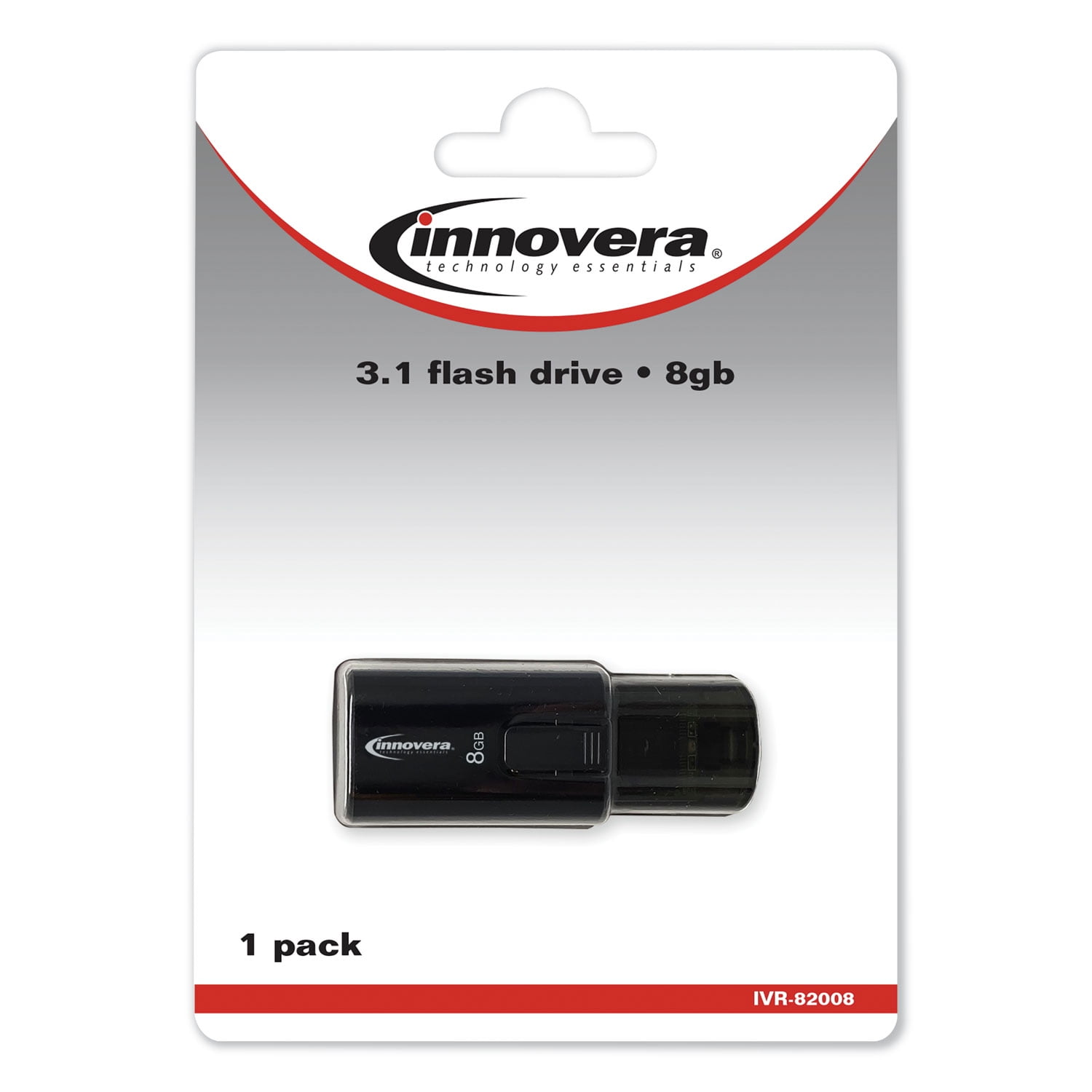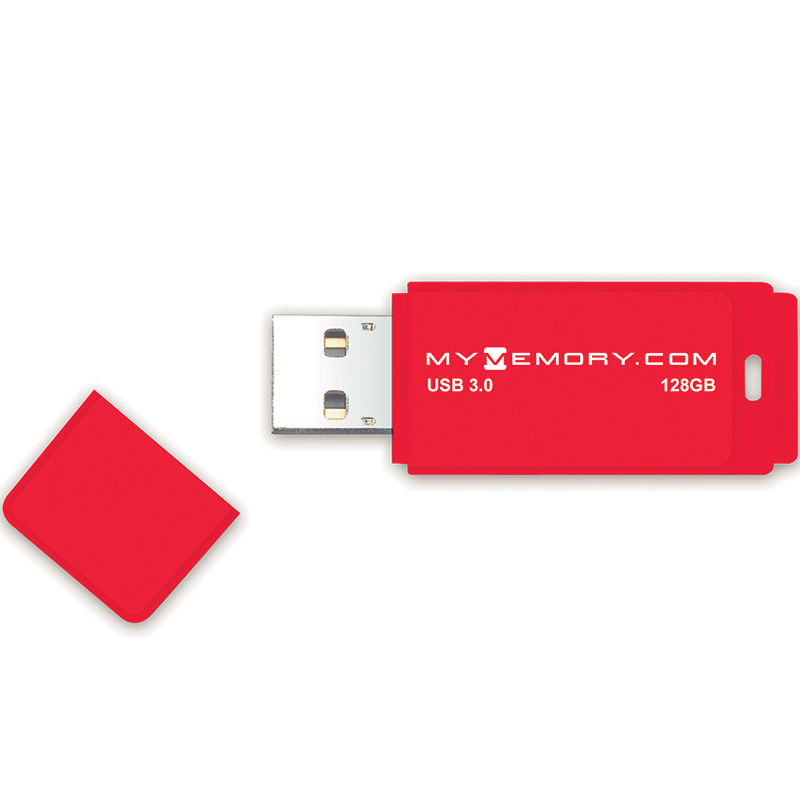

When purchasing flash drives in bulk, it is wise to ensure that each drive has similar speeds.

Loading and saving files without long pauses can keep a whole office running efficiently. In the case of commercial operations, the enhanced speeds of USB 3.0 are well worth it to keep productivity flowing throughout the day. Looking for a custom-shaped flash drive? Ya, UMD can make those too! The newness of USB 4.0 makes it difficult to pinpoint an exact range, so targeting those top speeds is a logical choice. As for write speeds, you will enjoy up to 2800 Mbps with the best drives. The read speeds of the new standard can reach up to 4200 Mbps. As for write speeds, you can expect a range of 10 to 45 Mbps with a USB 3.0 unit.Īlthough USB 4.0 is relatively new to the market, there are a few options for people who want the absolute best. To reach the high end of these ranges, using USB-C drives is highly recommended.įor USB 3.0 technology, the average read speed range jumps up to 60 to 150 Mbps. The average range for write speeds is between 3 and 10 Mbps. Here is a breakdown of read and write speeds from 2.0 to 4.0.įor USB 2.0 drives, the average read speed should be from 10 to 25 Mbps. The performance is known to increase tenfold in each USB variant, so it is always worth looking at the newest tech on the market. Both the read and write speeds take advantage of each upgrade. With each new version of USB, the overall performance increases dramatically. This additional instance is required to store each file effectively in the USB directory. When you drag and drop a file onto the drive's directory, the memory stick must write all the data in a separate instance. The write speed of a flash drive shows how quickly you can save a new file onto a flash drive. In most cases, the read speed dictates how quickly everything responds when you click on a thumbnail. Your files sit on the flash drive's directory until you decide to manipulate them.

The read speed determines how quickly a flash drive can load a file that is stored on it. Always consult the packaging or product listings for the exact performance metrics of any drive you consider. This is why each USB version falls within an average range of speeds. This gives you a basic idea of how fast the drive is, though the quality of internal components is still the deciding factor. You may have heard of different USB standards, such as 2.0 and 3.0. Photo of our Scout Custom Flash Drive from our Wooden Drive Collection. These two metrics determine how quickly your drive can transfer files between itself and whatever you plug it into. The read and write speeds of each memory stick are just as important. When choosing a flash drive, there is more to consider than just the unit's storage capacity.


 0 kommentar(er)
0 kommentar(er)
